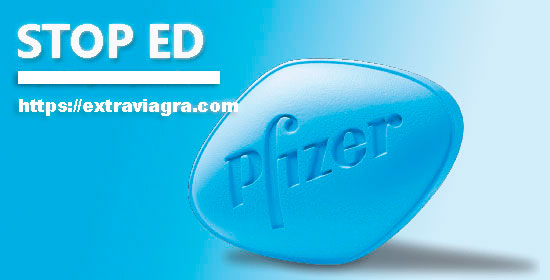It is noted that in the treatment of patients with erectile dysfunction, drugs that include biologically active substances isolated from long-leaved eureka and epimedium grass are widely used. They are involved in maintaining an erection and restoring sexual function. The use of such drugs leads to a decrease in the manifestations of erectile dysfunction, pathogenetically justified and clinically justified.
The lack of assisted reproductive technologies until the beginning of the last century equated erections with the ability to procreate. However, the current view of erectile dysfunction (ED) has changed, and the erectile component is considered separately as one of the main elements of a man’s quality of life.
The results of a multicenter epidemiological study indicate a high (up to 89.9%) incidence of ED. The prevalence of ED is due to both the coverage of a larger number of the population by narrow specialists, and the introduction of modern survey methods.
Among the specific tests used in the diagnosis of ED (excluding laboratory diagnostics of hypogonadism, diabetes mellitus, hypercholesterolemia, etc.), one can distinguish pharmacological erection induction (when taking phosphodiesterase inhibitors of the fifth type, prostaglandin E1) with the assessment of the vascular component using ultrasound, cavernosometry/cavernosography, monitoring of induced and spontaneous erections (using Neva, Snap-Gauge, RigiScan devices), as well as various combinations of these methods.

Phosphodiesterase inhibitors of the fifth type remain the first-line drugs for ED treatment. However, they have side effects, which limits their use. The World Health Organization emphasizes the importance of using herbal preparations, given their low cost, effectiveness and good tolerability (they rarely cause adverse reactions). These advantages, the possibility of long-term use with minimal medical supervision, as well as centuries of experience in herbal medicine determine the fact that patients prefer non-toxic preparations of plant origin. Next, the article will consider the points of application of biologically active substances isolated from Eureka longleaf and epimedium grass – the most commonly used components of phytopreparations that are prescribed for ED.
Historical analysis of the formation of the basic principles of the diagnosis of erectile dysfunction
The first mention of the need to examine men is found in the so – called Decree of Gratian “Concordia discordantium canonum” (1140) – the first general code of canon law of the Catholic Church. Its operation not only regulated the life of the clergy, but also extended to many aspects of the life of the laity and minorities who do not belong to the Christian community.
In the treatise “Chirurgia Magna” (1363), which is kept in the Vatican Apostolic Library, surgeon G. de Chauliac first described the diagnostic criteria for ED as a necessary component of the divorce process. Following the Lord’s commandment to “be fruitful and multiply” (Genesis 1:28) was reflected in the fact that by the early Middle Ages, the church had become the first center for identifying ED, since the inability to perform sexual intercourse allowed the marriage to be declared invalid. It was stated that ” … even a eunuch can marry, provided that he retains the ability to have an erection.” The church could approve remarriage even for women, but not for an impotent man. The induced erection was monitored visually during a procedure called “Congress”. Sexual partners “lay together for several days” in the presence of “a married matron, accustomed to such things… who should offer (partners)… spices and herbs, rub them with oils…” After observing the erection and attempts at coitus, the matron reported to the clergyman about what she saw. The assessment of vascular reactions was carried out using a “cold water test”, which allows you to assess how much the veins on the scrotum and penis were compressed. The study was conducted in water so cold and for so long that the subject’s penis became “…the same size as that of a two-year-old boy”.
The pharmacological induction of erection was described in sufficient detail by Constantinus Africanus in the treatise “Viaticum in the chapter De Coiti” (“On copulation”). This work lists the active, from the point of view of the medieval worldview, drugs for inducing an erection: the brains of thirty male sparrows, the perinephral fat of a slaughtered goat, and honey. It should be noted that these funds were not aimed at achieving pleasure, but at the possibility of procreation and procreation.
Pope John XXI (1210-1277), in his work “Practica medicinae, quae thesaurus pauperum nuncupatur”, cited 34 recipes for aphrodisiacs and 56 erectile compounds that were used as pharmacological active agents, and “if (with them) it was impossible to perform coitus, then the fault belongs to the man”.
Thus, it was the church that laid down the basic principles of the diagnosis of ED, which were improved over time.
Biochemical justification of the use of herbal medicine in ED
As mentioned earlier, one of the promising areas of ED treatment is long-term safe phytotherapy with complex drugs, which include extracts of Eureka longleaf and epimedium grass. The analysis of available modern literary sources allowed us to determine their points of application and the mechanism of action.
The use of phytopreparations allows the treatment of ED for a long time, avoiding polypragmasia and side effects characteristic of synthesized drugs.